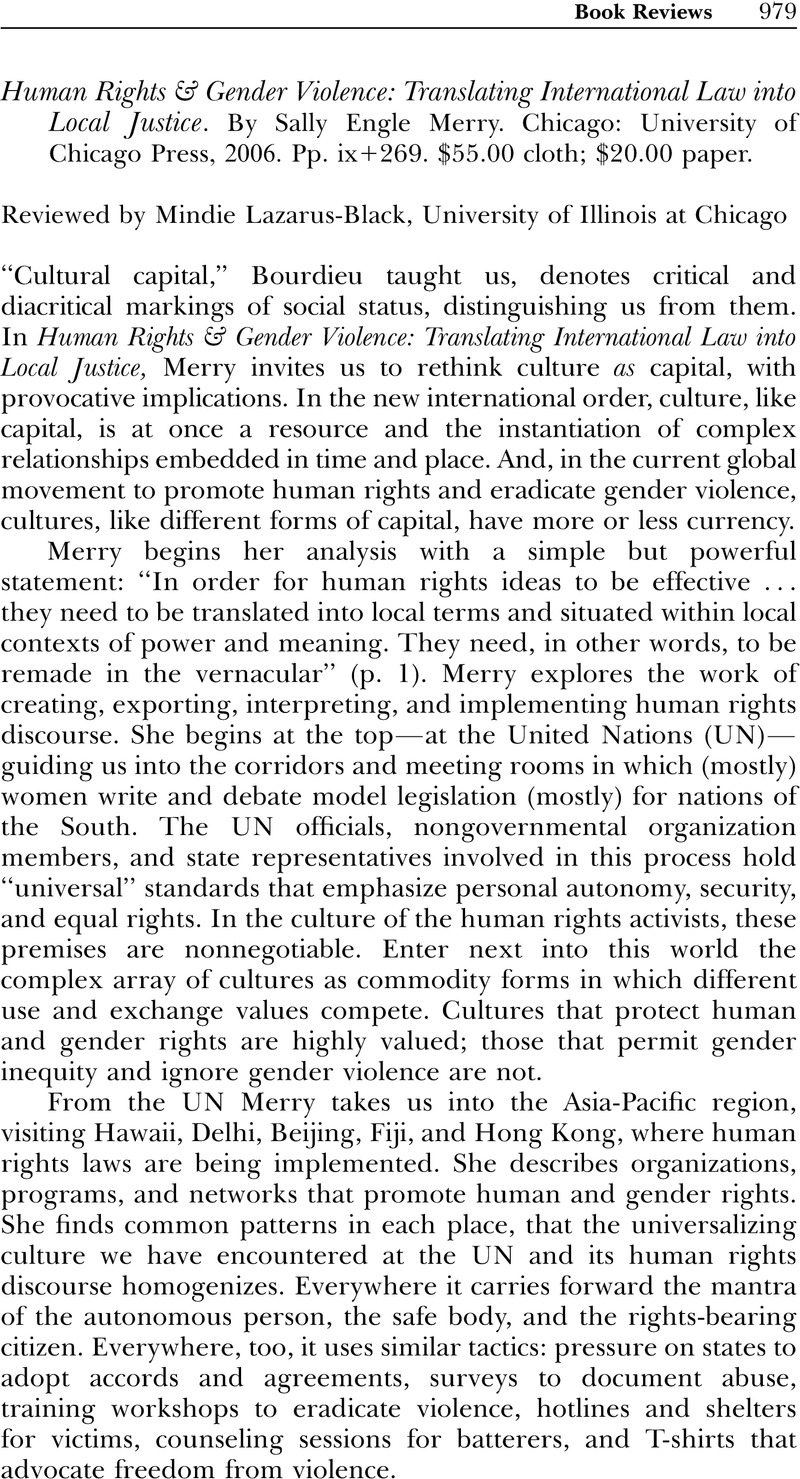Crossref Citations
This article has been cited by the following publications. This list is generated based on data provided by Crossref.
Xie, Lijia
Eyre, Stephen L.
and
Barker, Judith
2018.
Domestic Violence Counseling in Rural Northern China: Gender, Social Harmony, and Human Rights.
Violence Against Women,
Vol. 24,
Issue. 3,
p.
307.
2023.
Since Time Immemorial.
p.
199.
2023.
Since Time Immemorial.
p.
73.
2023.
Since Time Immemorial.
p.
237.
2023.
Since Time Immemorial.
p.
139.
2023.
Since Time Immemorial.
p.
109.
2023.
Since Time Immemorial.
p.
171.
2023.
Since Time Immemorial.
p.
273.
2023.
Since Time Immemorial.
p.
23.
2023.
Since Time Immemorial.
p.
1.
2023.
Since Time Immemorial.
p.
229.
2023.
Since Time Immemorial.
p.
45.



